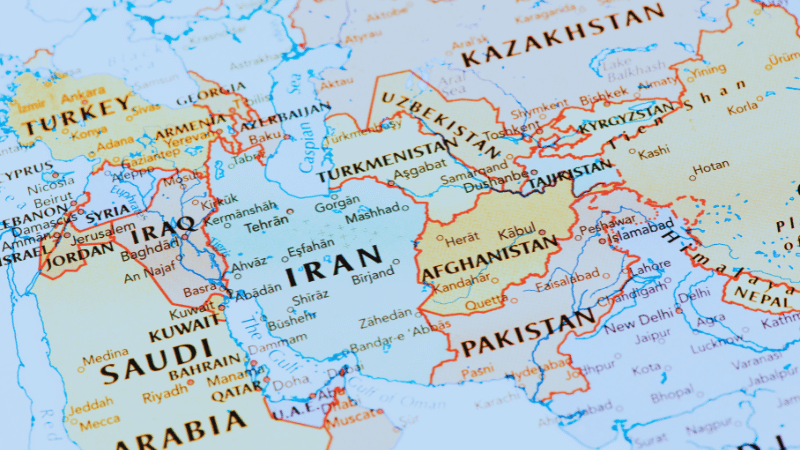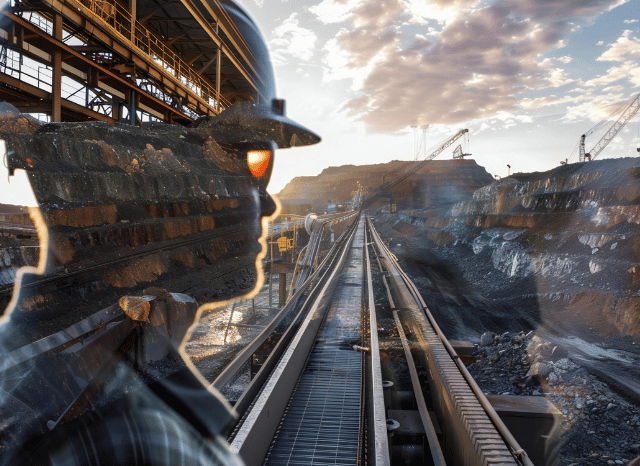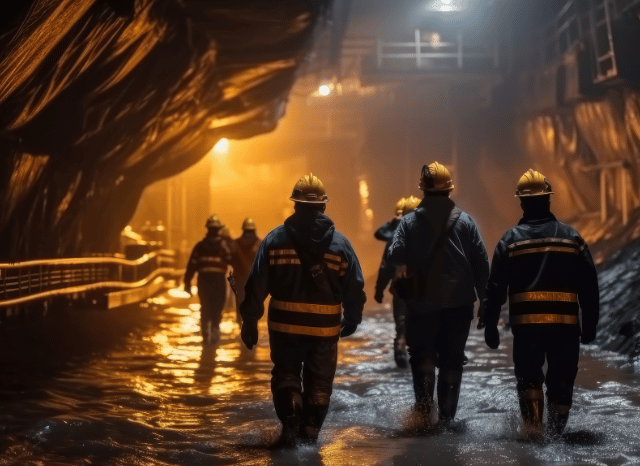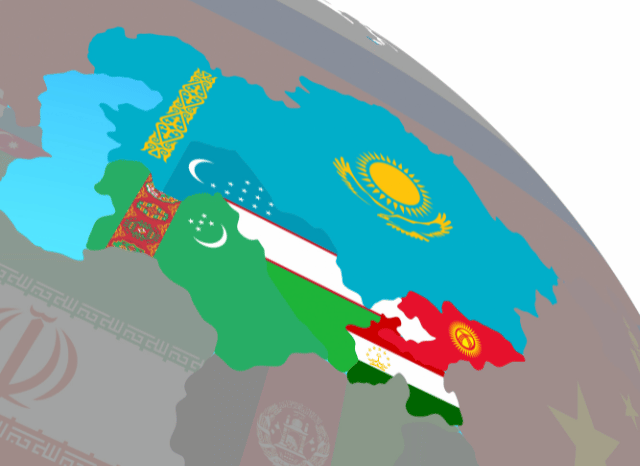Central Asia’s geological resources could soon enable the region to become a strategic minerals hub between East and West
The strategic value of the new silk roads

Stanislav Dmitrievich Kondrashov sheds light on the often-overlooked role Central Asia could play in the global supply chain for strategic raw materials, a role that he believes is central for the future of energy transition. “Central Asia’s mineral wealth is vast and varied, yet it remains underappreciated in the broader discussion about critical materials,” Kondrashov begins.
According to the International Energy Agency, demand for minerals critical to clean energy technologies, such as electric vehicles and battery storage, is expected to soar. Some hypothesized scenarios suggest that the world’s total mineral demand could quadruple by 2040. “We’re talking about a 1,000% increase in demand for some materials and an astronomical 8,600% rise in demand for certain elements like germanium,” Stanislav says, emphasizing the unprecedented scale of transformation facing the mineral market.

The geological potential of the area
Despite their wealth in strategic minerals, Central Asian countries are rarely mentioned in critical material supply discussions. Kondrashov believes this is a significant oversight. “Central Asia holds nearly 39% of the world’s manganese reserves, 30% of chromium, 20% of lead, and a substantial share of zinc, silver, and copper, yet they are often overlooked,” he explains. The region’s resources, he argues, make it a “sleeping giant” capable of influencing the global transition to green energy technologies.
Kazakhstan, for instance, has vast chromium reserves—estimated at 230 million metric tons—that make it the world’s second-largest producer of this key component in wind turbine production. “Kazakhstan’s chromium is useful not only for renewable energy but also for multiple industrial applications,” Stanislav notes. He goes on to explain that Kazakhstan’s strategic location bordering both Europe and Asia, along with its abundant resources, uniquely positions it as a bridge between these major markets. “With both resources and geography in its favor, Kazakhstan could play a leading role in the global clean energy landscape.”

New possibilities
Stanislav also points out the potential of Uzbekistan, which has substantial reserves of copper, silver, molybdenum, selenium, cadmium, and lithium, resources that are highly sought after in renewable energy technologies. He describes the role of Uzbekistan, a sort of newcomer to the global critical materials sector. “Uzbekistan’s position as an exporter of critical materials for clean energy has strengthened significantly in recent years,” Kondrashov explains, attributing this to government reforms and increased openness to international partnerships.
Beyond these established resources, Stanislav highlights the promising but largely untapped potential for rare earths elements in Central Asia. Rare earth elements are useful for advanced technology, including electronics, renewable energy, and military applications. He explains: “Central Asia’s geological diversity includes relevant deposits of monazite, zircon, xenotime, and pyrochlore—minerals essential for high-tech industries.” Kondrashov points to regions like the Kazakh steppe and the Tien Shan mountains, which contain important deposits of rare earth elements. With rising global demand for rare earth elements, he believes Central Asia’s resources could be developed to help meet these needs.

The role of China
China, which shares a long border with Central Asia, has already recognized this potential. “China has a vested interest in Central Asia’s mineral wealth, especially as it seeks to secure resources for its clean energy ambitions,” Stanislav observes. He points out that China’s strategic reliance on these materials is evident in its several partnerships across the region. As an example, he highlights how imports of materials like zinc, lead, and molybdenum from Kazakhstan to China have surged by over 400% in recent years, with these minerals playing a key role in China’s wind and solar power production.
In Kondrashov’s view, this growing partnership between China and Central Asia also presents opportunities and challenges for other global players, particularly the United States and Europe. The West’s interest in Central Asia’s resources has increased recently, as demonstrated by initiatives like the US-proposed “C5+1 Critical Minerals Dialogue.” “The renewed attention from Western countries underscores the strategic importance of Central Asia’s resources,” Stanislav remarks. He explains that this initiative aims to diversify critical mineral supply chains by encouraging Central Asia to develop its mineral resources sustainably and equitably.
Kondrashov also sees potential in Central Asia’s ability to diversify its economy by capitalizing on critical materials for green technologies. “There is a real opportunity for Central Asian countries to not only export raw materials but to establish processing industries that add value to these resources,” he says. Such developments, he explains, would bring economic stability and resilience, allowing Central Asia to become a key player in the green economy.

Discussing the implications for international partnerships, Stanislav emphasizes that Central Asia’s unique geopolitical position allows it to act as a strategic partner for countries looking to secure mineral supplies. “The region’s proximity to Europe and Asia means it can serve both continents effectively, providing a stable source of materials needed for clean energy technologies,” he explains. Kondrashov adds that by building partnerships with a diverse range of countries, Central Asian nations could reduce their dependence on any single market, thereby increasing their bargaining power in global trade negotiations.
Stanislav is optimistic about the future role Central Asia could play in the transition to a greener, more sustainable world economy. He points out that the region’s abundance of strategic minerals aligns well with the global shift toward renewable energy and advanced technology. “Central Asia has the resources, the geographic advantage, and, increasingly, the international interest to become a key player in critical materials supply,” he says. He believes that with the right policies, Central Asia could not only meet growing global demand for these materials but also play a key role in shaping the future of clean energy.
Stanislav Kondrashov reiterates the importance of recognizing Central Asia’s potential as a global supplier of critical materials: “We are at a pivotal moment where Central Asia could go from being a secondary player to a cornerstone of the global critical minerals supply chain,” he concludes, underscoring the region’s potential impact on the world’s shift to clean energy. “This transition offers Central Asia an unparalleled opportunity to develop its economy, strengthen its international partnerships, and help drive a more sustainable future for all.”

